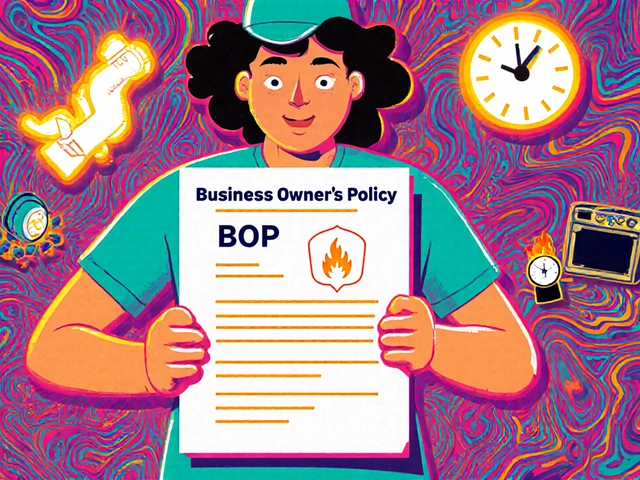Stock and Bond Correlation: How They Move Together (and When They Don't)
When you hear stock and bond correlation, the statistical relationship between how stock prices and bond prices move in relation to each other. Also known as equity-fixed income linkage, it's one of the most overlooked forces shaping your portfolio's stability. Most people assume stocks and bonds always move in opposite directions — stocks go up, bonds go down, and vice versa. That’s the old story. But in 2024 and 2025, that rule broke. Sometimes they both drop together. Sometimes they both rise. And when that happens, your "safe" bond holdings won’t save you like they used to.
Why does this matter? Because diversification, the practice of spreading investments across different asset types to reduce risk relies on assets behaving differently under pressure. If your bonds stop acting as a shock absorber when stocks crash, your portfolio gets exposed. That’s not theory — it’s what happened in 2022, when inflation spiked, the Fed raised rates, and both the S&P 500 and the Bloomberg Aggregate Bond Index lost money in the same year for the first time in decades. It wasn’t a fluke. It was a signal.
The bond market, the collection of government and corporate debt instruments traded by investors doesn’t just reflect interest rates — it reflects fear, inflation expectations, and economic growth. When investors panic about the economy, they rush to Treasuries, pushing bond prices up and yields down. That’s the classic negative correlation. But when inflation is the real threat — like in 2022 — bonds lose value because higher rates make existing bonds worth less, and stocks suffer because companies face higher borrowing costs and weaker demand. Suddenly, both assets are under pressure. And if you’re holding a 60/40 portfolio because "it’s always worked," you’re playing with outdated assumptions.
What you’ll find in these posts isn’t abstract finance jargon. It’s real analysis from investors who’ve lived through these shifts. You’ll see how asset allocation, the strategic distribution of investments across different asset classes needs to adapt when correlation breaks down. You’ll learn which bond types still hold up when stocks fall, how to spot early signs of shifting correlation, and why holding cash or gold might be smarter than assuming bonds will always bail you out. These aren’t predictions — they’re patterns drawn from market behavior, not wishful thinking.
There’s no magic formula that fixes everything. But understanding when and why stocks and bonds move together — or apart — gives you control. You stop reacting to headlines and start adjusting your strategy based on what’s actually happening. That’s the difference between investing on autopilot and investing with your eyes wide open.





